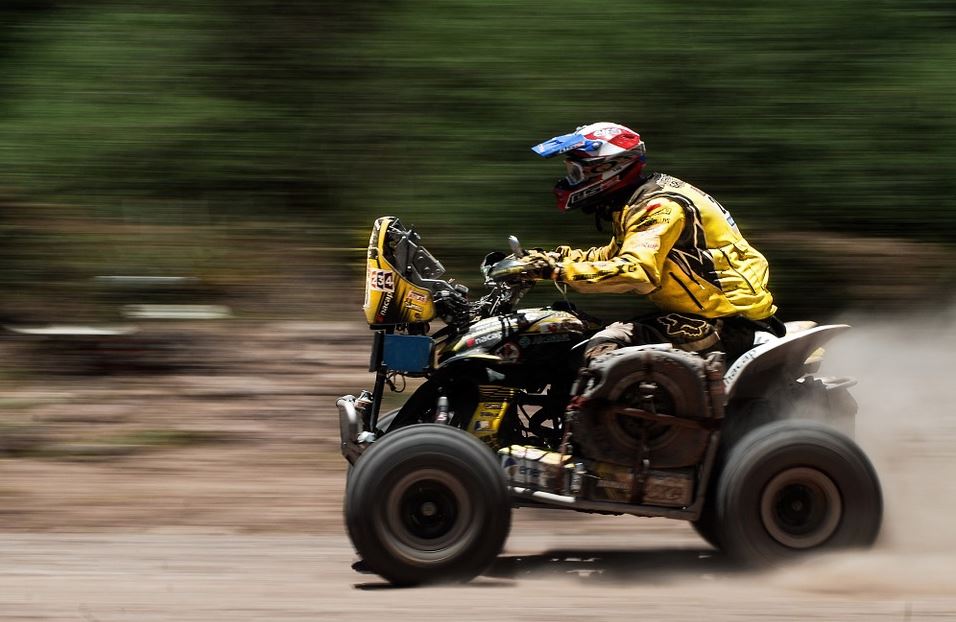International Cricket Council on Monday approved day-night playing conditions for Tests, ODI’s and T20 Internationals leaving it to the participating countries to decide on the color of the ball, brand of the ball and the time to start the matches.
The total playing time has however been fixed at six hours but comes along with a slew of changes that are bound to change the way the game will be played in future. Changes include number of power plays, fielding restrictions, short pitched deliveries in the ODI’s, decision review system, no-ball, dead ball, over rates, applicable in all formats of the game and changes in one over per side eliminator in T20 internationals.
The important thing here is that these changes in playing conditions are not mere amendments in the laws of cricket but are to be read together with the laws of cricket and all these changes are to be implemented from 30th October 2012.
Some Test playing nations have been playing day night test and one day matches for some time and have applauded the ICC decision to allow day night test matches but boards of other nations including the most powerful BCCI has not welcomed the decision and are unlikely to embrace the concept of day night test matches.
The Indian Cricket Board (BCCI) is not keen on accepting the day night matches concept citing that the board had experimented with the idea way back in 1997 but did not find favor either with the players or the audience.
The BCCI claims that in the Ranji Trophy match that was held between Mumbai and Delhi under lights in Gwalior in April 1997, bowlers struggled due to heavy evening dew and frequent changes in the white cricket ball. In this match, the bowlers conceded approximately 1000 runs in a day as neither were the bowlers able to get the grip on the ball nor were the fielders able to stop the ball due to heavy dew present on the field.
The BCCI also cites that till date there are no balls that have proved good for day night matches and the white balls need to be regularly changed to enable the batsmen to cite the ball and bowlers to hold the ball. It also argues that the white ball also needs to be changed frequently as it is softer and gets de-shaped very fast.
ICC Approves and BCCI Disapproves Day Night Test Matches





